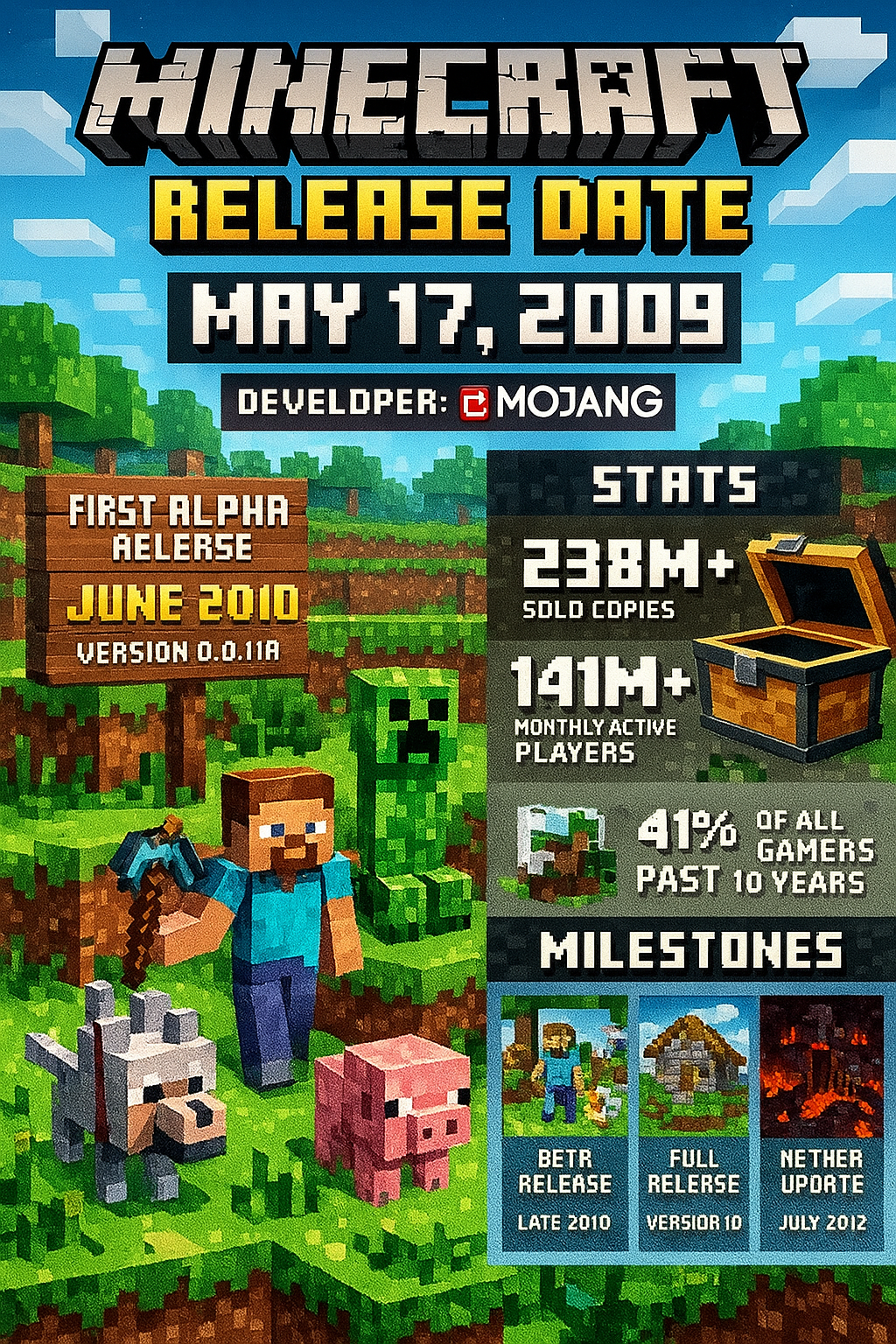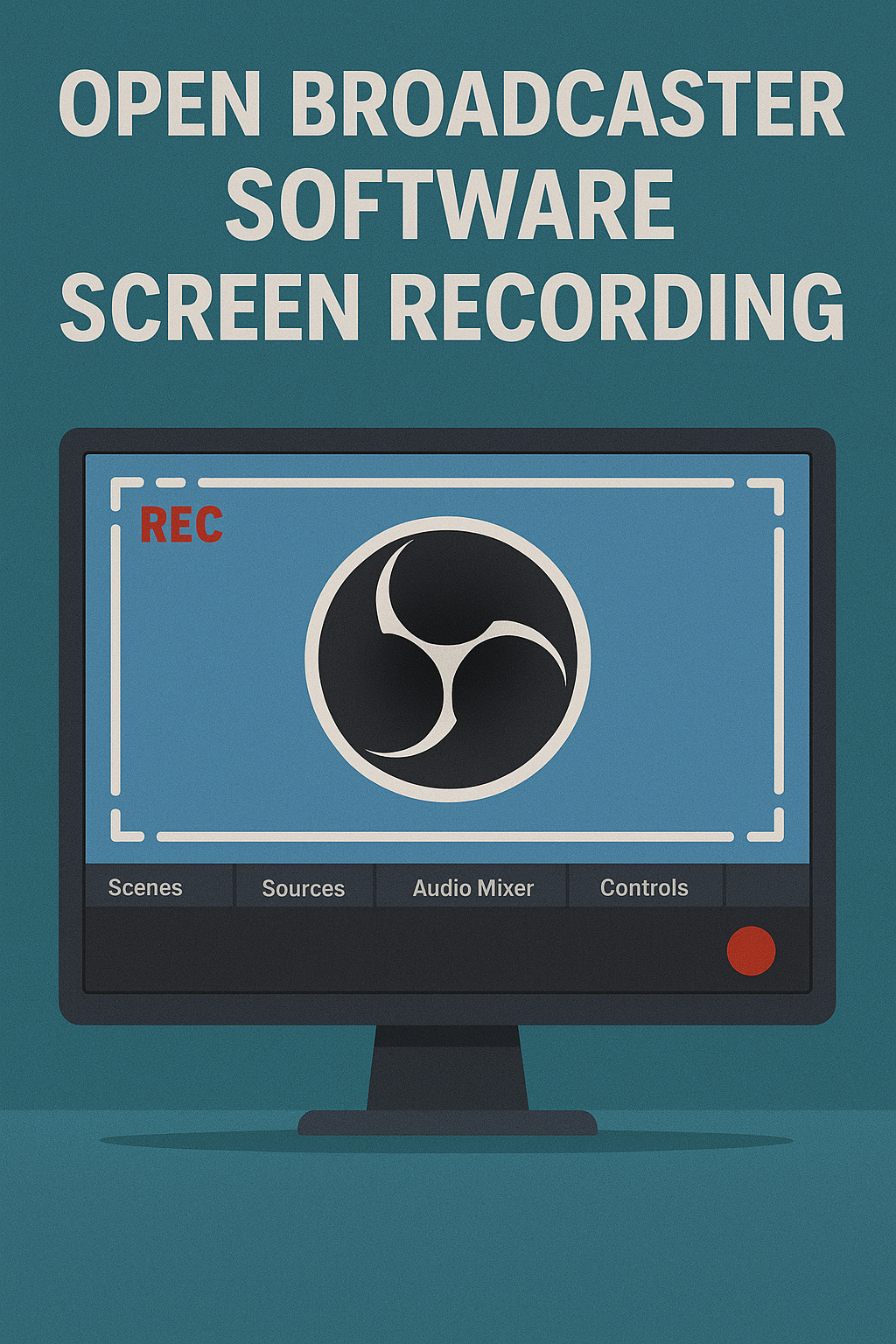The question, “When did Minecraft come out?” is one of the most common queries in the history of modern gaming. It seems simple, but the answer is a fascinating tale of indie development, community-driven evolution, and a game that defied traditional release models to become a global phenomenon. To truly understand when did Minecraft come out, we must journey through its various stages of development, from a humble Java applet to the multi-platform titan it is today. The answer isn’t a single date but a series of pivotal moments that built the foundation for the best-selling game of all time.
This article will provide a definitive timeline, exploring each critical phase of Minecraft’s launch and explaining why each is significant in the grand narrative of its creation.
The Seed is Planted: Pre-Classic and The Infamous Cave Game (May 2009)
Long before anyone could ask “when did Minecraft come out?”, the game was a solitary project in the mind of Markus “Notch” Persson. A developer at the Swedish game company King, Notch was inspired by games like Infiniminer, Dwarf Fortress, and his own love of crafting and exploration. He began working on a cave exploration game, which he initially dubbed “Cave Game.”
The very first version, now known as Pre-Classic, was a rudimentary Java applet. It featured a tiny, blocky world where players could break and place blocks, but with no clear objective. The iconic blocky aesthetic was born not from a deliberate artistic choice but from the technical simplicity of using textured cubes, a decision that would go on to define an entire genre.
The true starting point for public awareness, and the first legitimate answer to “when did Minecraft come out?”, is May 17, 2009. On this day, Notch released the first early, playable version of the game, now known as the Classic version, on the TIGSource forum, a popular hub for independent developers. This release was free to play in-browser and introduced the core mechanic of placing and destroying blocks in a procedurally generated world. It was an instant hit within the community, sparking interest and feedback that would directly shape the game’s future. This wasn’t a commercial release; it was an open experiment, a digital sandbox shared with the world.
The Alpha and Beta Eras: Building a Community (2009 – 2011)
The overwhelming positive response to the Classic version convinced Notch that he had something special. He continued development at a frantic pace, adding new features weekly based on forum suggestions. This period marks the second, and for many veteran players, the most important chapter in the story of when did Minecraft come out.
The Alpha Version (June 30, 2009 – December 20, 2010)
Seeing the game’s potential, Notch founded Mojang Specifications (later just Mojang) with colleagues Carl Manneh and Jakob Porsér. On June 30, 2009, he made a pivotal decision: he began selling copies of the game in its early Alpha state. The price started low (around €5) and was promised to increase as the game neared completion. This “indie funding” model was revolutionary at the time. Players weren’t just buying a game; they were investing in its potential, gaining access to all future updates.
The Alpha phase was a period of explosive growth. This is when survival mode was introduced, complete with health bars, hostile mobs (like the infamous Creeper), and the day/night cycle. Crafting was added, transforming the game from a simple sandbox into a survival crafting experience. The world became infinite (or nearly so), inviting true exploration. For the tens of thousands of players who bought in during this time, this was when Minecraft came out for them. They lived through the addition of bedrock, biomes, minecarts, and multiplayer, watching the game evolve in real-time.
The Beta Version (December 20, 2010 – November 18, 2011)
The Beta version, launched on December 20, 2010, signified that the core game was feature-complete and focused on polishing and adding content. The price increased again, and the player base swelled into the millions. Beta introduced new mobs like squids and peaceful villagers, new biomes like the snowy tundra and swamp, and critical gameplay elements like beds (which allowed players to skip the dangerous night), weather, and the iconic hunger meter.
Throughout 2011, Minecraft’s popularity became a cultural force. Massive YouTube communities sprung up, with creators like CaptainSparklez, SkyDoesMinecraft, and Yogscast introducing the game to millions more. It was no longer an obscure indie project but a mainstream sensation. The constant updates and the vibrant community created a palpable sense of anticipation for the “full release.” Everyone was wondering when the official day would come.
The Official Release: Minecraft 1.0 (November 18, 2011)
After over two years of public development, the answer to the formal question of “when did Minecraft come out” finally arrived. On Friday, November 18, 2011, at the inaugural MineCon convention in Las Vegas, Mojang officially released Minecraft version 1.0.0.
This was the game’s official launch, its “v1.0.” It was a symbolic milestone more than a radical transformation. The game was deemed complete enough to carry a full version number. The 1.0 update added The End dimension, complete with the Ender Dragon boss fight, providing a definitive (though optional) goal for players. It also added enchanting, brewing, and new mobs like Endermen, fleshing out the game’s mechanics and lore.
For the wider world and gaming press, November 18, 2011, is the canonical release date. It was the day the game shed its “beta” label and was presented as a finished product to the mass market. It represented the culmination of Notch and Mojang’s journey from a small forum post to a global gaming event.
Expanding the Universe: Post-Launch and the Modern Era (2011 – Present)
To say that development stopped after 1.0 would be a grave misstatement. The release of version 1.0 was not an endpoint but a new beginning. Mojang continued to support the Java Edition with free updates that added an astonishing amount of content, effectively making the question “when did Minecraft come out?” ongoing.
The Adventure Update (1.1 – 1.8): Added new biomes, villager trading, generated structures like jungles temples and desert pyramids, and the fearsome Wither boss.
The Redstone Update (1.5): Revolutionized in-game engineering with new redstone components.
The Update That Changed the World (1.7): Overhauled the world generation system, adding a multitude of new biomes like mesas, flower forests, and ice spikes.
The Aquatic Update (1.13): Completely transformed oceans from barren wastelands into vibrant, explorable ecosystems.
The Nether Update (1.16): Revamped the Nether dimension with new biomes, mobs, and blocks.
The Caves & Cliffs Updates (1.17 & 1.18): Dramatically overhauled the entire overworld’s generation, creating massive, breathtaking caves and towering mountain ranges.
The Wild Update (1.19) and Beyond: Continued to add depth with the Deep Dark ancient city and the mangrove swamp biome.
This relentless pace of free updates is a core reason for Minecraft’s enduring popularity. The game that “came out” in 2011 is almost unrecognizable compared to the game of today, yet it has never lost its core identity.
The Bedrock Revolution: A Unified Multi-Platform Release
The story of when did Minecraft come out gets more complex with the advent of what is now called Minecraft: Bedrock Edition. As Minecraft’s popularity exploded, Mojang sought to bring the experience to consoles, mobile devices, and Windows 10 beyond the original Java codebase.
This began with Minecraft: Pocket Edition (PE), which first launched on Android and iOS on August 16, 2011 (even before the Java 1.0 release). It was extremely basic but laid the groundwork. Over years of updates, it slowly caught up to its Java counterpart.
The modern era began with the “Better Together” update, released on September 20, 2017. This was a landmark moment. It unified the codebase for the game across Windows 10, Xbox One, mobile devices, and VR into a single, cross-platform engine now known as Minecraft: Bedrock Edition. This allowed for unprecedented cross-play; a player on a Nintendo Switch could now play with a friend on a PlayStation, iPhone, or PC.
For the vast majority of new players in the last five years, this is the version of Minecraft they know. Its release wasn’t a single day but a rolling process of unification. The Bedrock engine is now the standard for all non-Java platforms, ensuring a consistent experience across the globe.
The Legacy: Why the Question “When Did Minecraft Come Out?” Endures
So, why is the question “when did Minecraft come out” so complex and so frequently asked? It’s because Minecraft is more than a product; it’s a process. Its development history breaks the traditional model of a game being developed in secret and then launched.
It Redefined “Early Access”: Minecraft pioneered the modern concept of selling an unfinished game to fund its development. Players who bought Alpha in 2009 had a fundamentally different experience than those who bought the game in 2013 or 2023, yet they all bought “Minecraft.”
It’s a Living Game: Most games have a release date and then maybe some DLC. Minecraft treats its entire existence as a continuous release. Major, game-changing updates are delivered for free, constantly renewing the experience and bringing players back.
Multiple Points of Entry: A Java player from 2010, a console player from 2014, and a Bedrock mobile player from 2020 all have their own “day one.” The game’s expansion across platforms means it has “come out” anew for different audiences for over a decade.
Conclusion: So, When Did Minecraft Come Out?
The answer to “when did Minecraft come out?” is not a single date but a tapestry of them. Each represents a different facet of the game’s incredible journey.
For historians and purists, the story begins on May 17, 2009, with the release of the Classic version.
For the old-school community who shaped its development, the true start was June 30, 2009, the beginning of the Alpha sales.
For the gaming industry at large, the official date is November 18, 2011, the v1.0 release at MineCon.
For millions of console and mobile players, the game truly arrived with the unification of the “Better Together” update on September 20, 2017.
And for new players discovering it every day, Minecraft “comes out” whenever they first load into a world and punch that first tree.
Minecraft’s release wasn’t an event; it was an evolution. It is a game that has been constantly releasing, updating, and reinventing itself for over a decade. This unique history is a testament to its visionary creator, its dedicated developers, and a passionate community that has been building alongside it since the very beginning. The story of when did Minecraft come out is, ultimately, the story of Minecraft itself.







